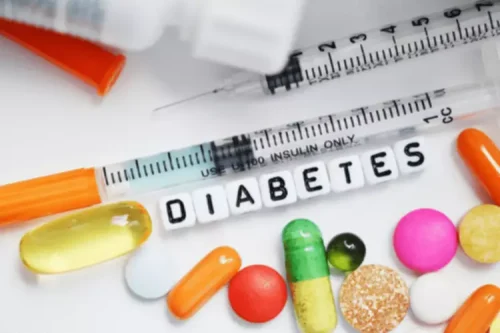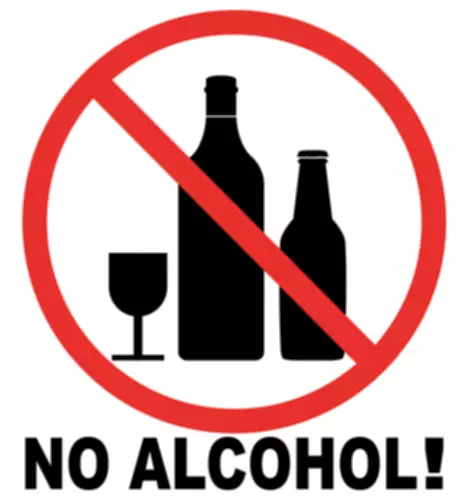
Both (+)MK-801 and ketamine also blocked rapid tolerance and rapid cross-tolerance between alcohol and chlordiazepoxide in the tilt-plane test (Khanna et al., 1992c). D-cycloserine treatment before but not after intoxicated practice in the tilt-plane test that occurred on day 1 facilitated the development of rapid tolerance to a typically subthreshold dose of alcohol (Khanna et al., 1995a). Chronic tolerance is reflected by both an increase in alcohol metabolism (i.e., how to decrease alcohol tolerance pharmacokinetic tolerance; Hawkins and Kalant, 1972; Kalant et al., 1971; Riveros-Rosas et al., 1997; Teschke, 2018) and pharmacodynamic tolerance.
Taking a Break From Alcohol: Suggestions for 30 Days

The more alcohol you regularly drink, the higher your tolerance will be – increasing your risk of becoming dependent. If you can drink a lot without getting drunk, it can give you a false sense of security. The information provided in this blog post is for educational and informational purposes only. It is not intended as a substitute for professional medical advice, diagnosis, or treatment.
How to Choose Alcohol-Free Skincare Products?

Hopefully, this self assessment has helped you to evaluate your use and make decisions that will best work toward your success as a student, as a leader within your community, and as a family member. The site provides self-help tips and strategies that can aid you in quitting. Effects of alcohol can influence your life in many ways, ways in which you may be afraid to admit to yourself, let alone anyone else. Families may not know exactly what is going on, but they begin to mention changes they are noticing. You may tell yourself that nothing is different and your family is just being paranoid or picking on you. Denial of these changes can negatively affect family members and family life.

The cultural adaptation process
- The rapid elimination of alcohol from the system due to the presence of certain liver enzymes is called metabolic tolerance.
- To ensure rigor and reproducibility of our adaptation process, we adhered to the processes of the ADAPT guidance 23.
- Alcohol dependence is often related to high alcohol tolerance, but it specifically relates to the point at which a person’s body becomes reliant on alcohol and experiences withdrawal without it.
If you drink heavily for too long, the body adjusts to the increasing presence of alcohol. Drinkers, the researchers concluded, should be encouraged to monitor their intake of alcohol to help reduce harmful long-term effects. When explicit drink counting is combined with advertisements that arouse fear of cancer, overactive drinkers can be persuaded to minimize boozing behavior. In humans, this type of tolerance can be shown in the performance of well-practiced games played under the influence of alcohol. For example, an person who typically plays darts sober would likely experience impairment in performance if intoxicated.
As pubs and bars reopen across England, many are excited about the opportunity to enjoy a drink with friends and family. While some evidence suggests alcohol consumption increased during lockdown, other Alcoholics Anonymous reports suggest that over one in three adults drank less – or stopped altogether. Some people have slower variants of these enzymes, which has been linked to tolerance and dependence. Usually, one standard drink is metabolized in one hour, but people who have little or no ADH have no simple way of metabolizing the alcohol. Thus they develop effects and build tolerance faster than people who do have ADH.
